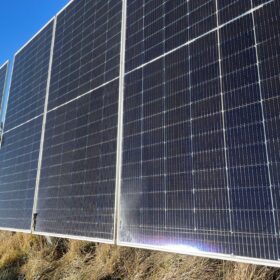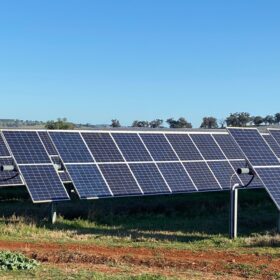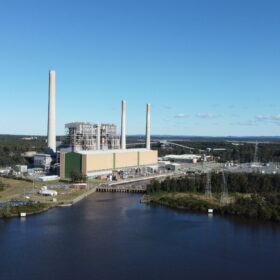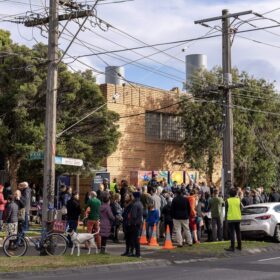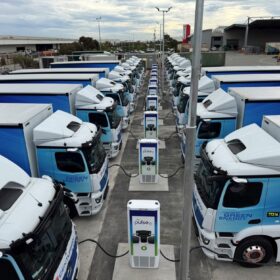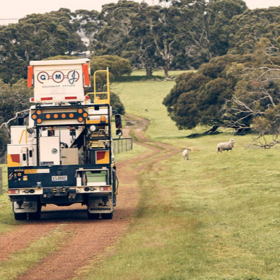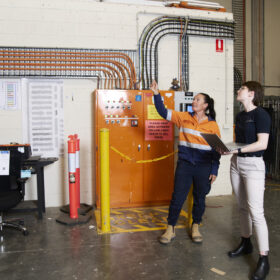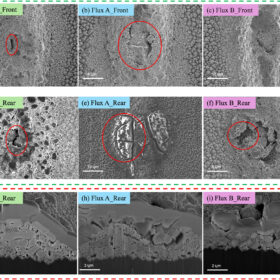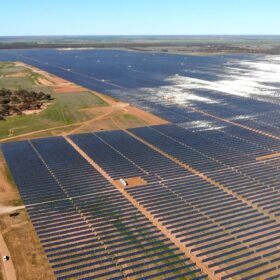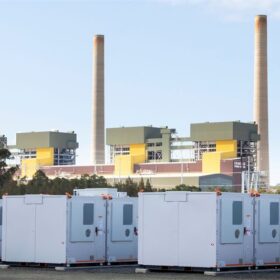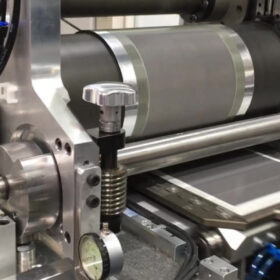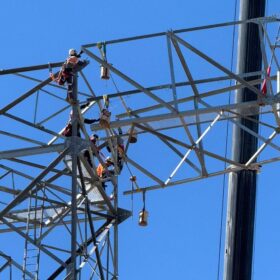Acen plans investment in 80 MW Malaysian solar package
Philippines-based energy company Acen Corporation is preparing to sign off on a $20 million investment in multiple solar PV projects with a combined capacity of about 80 MW in Malaysia as part of its joint venture with a unit of German solar developer ib vogt.
Government accelerates approval process for 25 GW of priority renewables projects
More than 16 GW of solar and wind generation and approximately 6 GW of energy storage projects could benefit from an accelerated environmental approvals process as the Australian government works to deliver critical infrastructure needed to achieve its clean energy targets, including 82% renewable electricity by 2030.
Delta joins Samsung to explore battery project at coal power station site
Vales Point power station owner Delta Electricity has teamed with South Korean industrial conglomerate Samsung to develop a large-scale battery project alongside the aging coal-fired plant in New South Wales.
Australian distributed battery rollout gets political
As a federal election draws nearer, the ways in which much-needed batteries in Australia’s electricity distribution network are incentivised is becoming highly political. With the rollout of community battery projects supported by the federal government underway, industry insiders are hoping that politicians settle on measures that will make distributed battery adoption mainstream.
Freight provider rolls out electric trucks on metro routes
National transport and logistics company Centurion has added 20 battery-electric trucks from Daimler to its fleet with the new heavy vehicles powered using energy from a 4.4 MW rooftop solar installation and 10.3 MWh battery.
Greenough River project tops utility PV performance table
The 40 MW Greenough River Solar Farm in Western Australia has been identified by energy consultancy Rystad Energy as the best performing large-scale PV asset in Australia last month.
Solar generation faces major disruptions from TC Alfred
DNV company Solcast reports that solar generation in parts of eastern Australia is set to face significant disruptions as Tropical Cyclone Alfred hits the Queensland coast. Other areas may benefit from enhanced solar irradiance due to stabilising atmospheric conditions on the cyclone’s periphery.
South Australian electricity distributor starts rollout of community battery portfolio
Electricity distributor SA Power Networks will begin the installation of the first of eight community batteries being rolled out across regional South Australia, to build energy resilience in local communities.
First all-female energy team to complete commercial rooftop solar project
Sydney solar solutions company Smart Commercial Solar, in collaboration with AWISE, a national organisation dedicated to increasing the visibility and participation of women in the solar industry, are delivering a commercial rooftop solar project together done exclusively by women.
UNSW study shows heterojunction solar cell sensitivity to soldering flux
University of New South Wales researchers are part of an international team that has assessed the impact of soldering flux on heterojunction solar cells and has found that the composition of this component is key to prevent major cracks and significant peeling.
